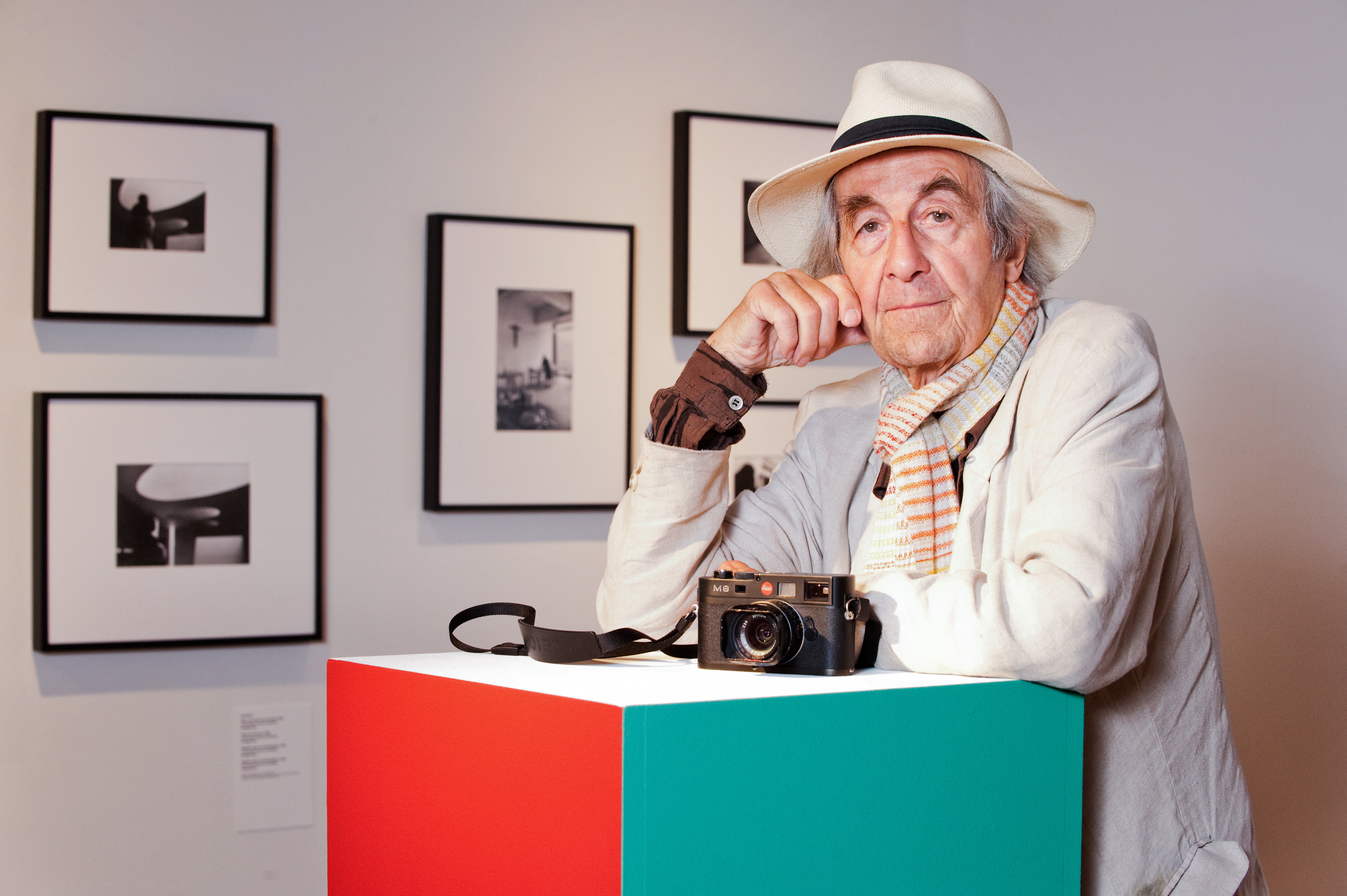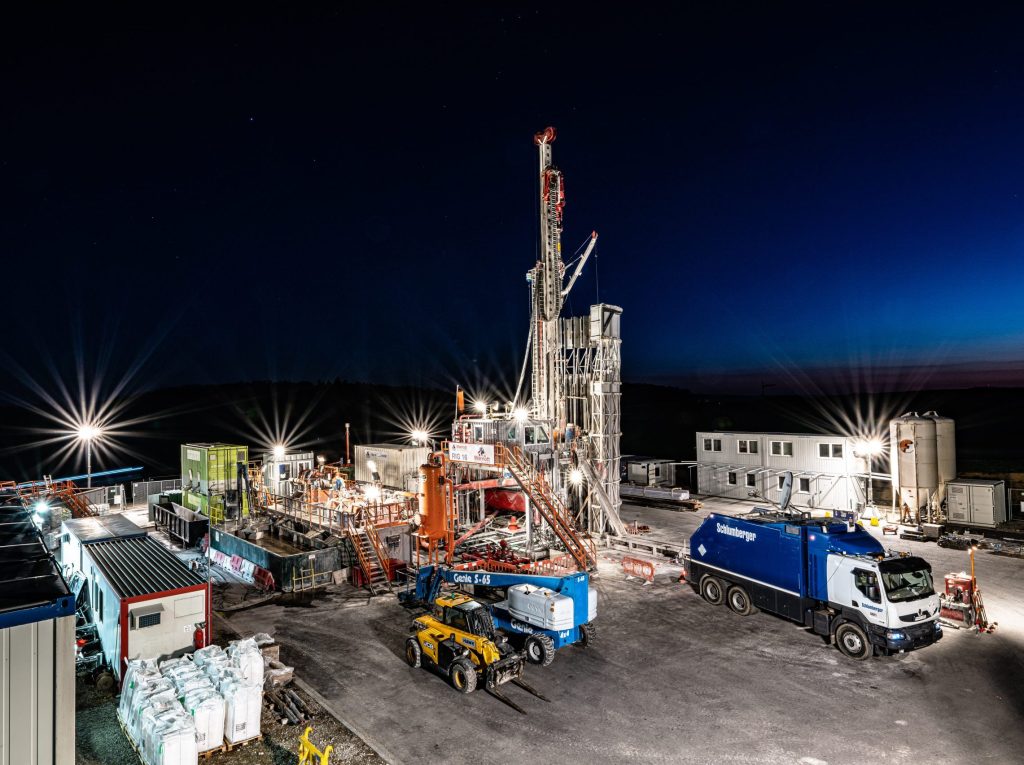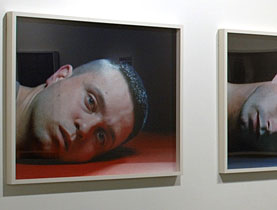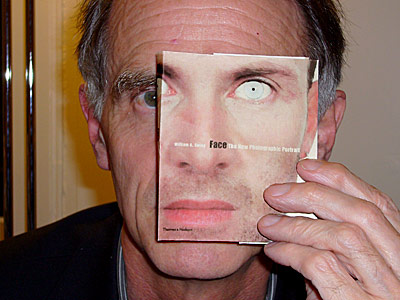Che Guevara photographer honoured

René Burri, known around the world for his photograph of Che Guevara, is being given – on his 78th birthday – the Swiss Press Photo Lifetime Achievement Award.
swissinfo.ch spoke to the Zurich-born artist and also looked at his style, influence and legacy.
“A close friend once told me: ‘You know, you’re not a bad photographer, but you’ve done too much’,” Burri told swissinfo.ch. “And he was right.”
He explained how his curiosity had no boundaries – whenever something was happening, he found himself drawn towards it.
“The camera became my third eye. It enabled me to approach things that otherwise I wouldn’t have approached,” he said, adding that, for him, photography bridges people and countries.
“I’m not a very typical Swiss. I wanted to get away from the mountains. I mean, I love Switzerland – I always come back here – but at some point you have to have to step out of your environment. I climbed the mountains and wanted to discover and conquer the world.”
Brasilia
Burri recently managed to sort through his photos, leading to the publication last month of an illustrated book: Brasilia.
“When I went to Brasilia for the first time, it was savannah, desert and a few concrete blocks,” he said, explaining how he had travelled to the embryonic Brazilian capital to document its construction, its birth. He ended up visiting 15 times.
“At the beginning it was really austere. The city planning was inspired by [Swiss architect] Le Corbusier and Bauhaus [a German school noted for its functional approach to architecture and design]. The spirit reflected that.”
Brasilia was planned and developed in 1956 with Lucio Costa as the principal urban planner and Oscar Niemeyer as the principal architect.
In 1960, it became Brazil’s national capital and 27 years later it was awarded the status of Historical and Cultural Heritage of Humanity by Unesco, the United Nations’ cultural agency. It is the only city in the world built in the 20th century to receive this award.
Che sera, sera
The construction of Brasilia is meticulously documented in Burri’s book. One is struck by the stark contrasts between the severe, modern concrete architecture and the people, who, at least in the initial phase, appear somewhat lost.
In addition to his work as a photojournalist for various magazines, he has also photographed many celebrities.
The first was Winston Churchill, whom the 13-year-old Burri snapped as he sped in a limousine past a crowd of onlookers in Zurich, Burri’s hometown.
After Churchill came Le Corbusier, Picasso and many others. The one of Argentinian revolutionary Che Guevara puffing on a cigar is the most famous.
“People think I became a millionaire with that photo – but I didn’t get a thing from everyone who used it on matches, T-shirts and wine bottles,” he said.
Burri vividly remembers his meeting with the one of the leaders of the Cuban Revolution.
“He was a man of action. He said, ‘I am responsible for the revolution, but I’m not a Cuban’. He was made an honorary citizen, but then had to ‘get out’, as he put it. Fidel [Castro] then dismissed him.”
“Almost indestructible”
Burri’s visual style, and precisely what distinguishes him from his contemporaries, is difficult to define.
“Over the years René has travelled on so many different assignments and taken on so many subjects, he’s not known as a photographer who focused on one area,” said professional photographer Thomas Kern.
“There are other photographers who are more distinct in their personal style, but that probably goes back to [Burri] trying out a lot of things,” he said.
“Other photographers I could really pin down anytime, 100 per cent, and say that’s him, that’s him. With René Burri I’m not so sure. Maybe that’s a weakness, maybe that’s a strength.”
For Kern, Burri’s greatest achievements are the Gaucho story for Du magazine in 1959 and The Germans – “what he captured in post-war Germany really holds up historically”.
But just because the photographer is being given a lifetime achievement award doesn’t mean he’s hanging up his camera. “He’s still curious and he still taker amazing pictures. The prize is totally justified. He’s the most acclaimed Swiss press photographer alive.”
What will he be remembered for? “Most probably Che Guevara! Because it’s such an iconic image. Once an image reaches this state it’s almost indestructible.”
René Burri was born in Zurich on April 9, 1933.
He studied photography at the School of Applied Arts in Zurich from 1949 to 1953,
where he worked under Hans Finsler, Alfred Willimann and Johannes Itten.
From 1953 to 1955 he worked as a documentary filmmaker while completing military service. During this time he also began working with Leica cameras.
From 1956 to 1959 he travelled extensively to places including Turkey, Egypt, Syria, Iraq, Jordan, Lebanon, Italy, France, Spain, Greece, Brazil, and Japan, which led to publications in Life, Stern, Paris Match, and the New York Times as well as a photographic essay “El Gaucho”, which appeared in German magazine, Du.
In 1963 he was working in Cuba when he was able to photograph Che Guevara. His images of the revolutionary smoking a cigar have become iconic.
Burri first worked with Magnum Photos in 1955 through Swiss photojournalist Werner Bischof, becoming a full member in 1959 and being elected chair of Magnum France in 1982.
In 1967 he produced a documentary on the Six-Day War in Jerusalem for German television. He produced the film Jean Tinguely in 1972.
(With input from Alexander Thoele and Thomas Stephens)

In compliance with the JTI standards
More: SWI swissinfo.ch certified by the Journalism Trust Initiative












You can find an overview of ongoing debates with our journalists here . Please join us!
If you want to start a conversation about a topic raised in this article or want to report factual errors, email us at english@swissinfo.ch.